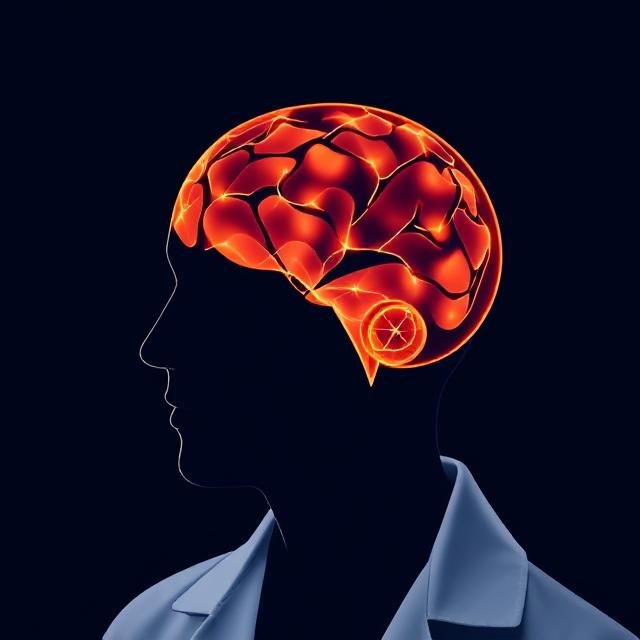Introduction
Mood disorders affect hundreds of millions of people worldwide and are a leading cause of disability (WHO, 2023). Recognizing the signs and understanding the various types of mood disorders helps individuals seek timely help and lead healthier lives.
What Are Mood Disorders?
Mood disorders involve persistent disturbances in emotional state, leading to:
- Prolonged sadness or emptiness
- Excessive happiness or irritability
- Impaired daily functioning
- Changes in sleep, appetite, or energy
These conditions vary in severity, duration, and patterns, ranging from major depressive episodes to cycles of mania and depression.
Major Types of Mood Disorders
Here’s an overview of the primary mood disorders recognized in the DSM-5-TR.
Major Depressive Disorder (MDD)
- Characterized by: Persistent low mood, loss of interest, fatigue, feelings of worthlessness
- Symptoms last at least two weeks
- Can cause significant impairment in social and occupational functioning
Persistent Depressive Disorder (Dysthymia)
- Chronic form of depression lasting two years or more in adults
- Less severe than MDD but longer in duration
- Often accompanied by low self-esteem and hopelessness
Bipolar Disorder
A condition involving extreme mood swings, including:
- Manic episodes: Elevated mood, increased energy, impulsive behavior
- Depressive episodes: Low mood, fatigue, loss of interest
Types include:
- Bipolar I Disorder: Full manic episodes + depressive episodes
- Bipolar II Disorder: Hypomanic episodes + major depression
- Cyclothymic Disorder: Periods of hypomanic symptoms and mild depressive symptoms lasting at least two years
Cyclothymic Disorder
- Chronic mood fluctuations not meeting full criteria for bipolar disorder
- Alternating periods of mild depression and hypomania
- Symptoms persist for two years or more
Disruptive Mood Dysregulation Disorder (DMDD)
- Diagnosed in children aged 6-18
- Severe temper outbursts, chronic irritability
- Developed to reduce overdiagnosis of pediatric bipolar disorder
Premenstrual Dysphoric Disorder (PMDD)
- Severe mood symptoms tied to menstrual cycle
- Includes irritability, mood swings, anxiety, depression
- Symptoms resolve shortly after menstruation starts
Mood Disorder Due to Medical Condition
- Direct result of a medical condition (e.g., hypothyroidism, multiple sclerosis)
- Treatment involves addressing the underlying illness
Substance/Medication-Induced Mood Disorder
- Caused by substance use (alcohol, drugs) or withdrawal
- Can also result from medications like steroids or antihypertensives
Causes and Risk Factors
Factors increasing the risk of mood disorders include:
- Genetics: Family history of mood disorders
- Neurobiology: Brain chemistry and structure differences
- Hormonal changes: Pregnancy, menopause, thyroid issues
- Stressful life events: Trauma, loss, chronic stress
- Chronic medical conditions: Cancer, heart disease, chronic pain
- Substance use: Alcohol and drug misuse
Diagnosis
Diagnosis involves:
- Comprehensive clinical interview
- Psychological assessments and questionnaires
- Medical exams to rule out physical causes
- DSM-5-TR criteria assessment
Early diagnosis is crucial for effective treatment and symptom management.
Treatment Options
Psychotherapy
Therapy is often the first line of treatment, including:
- Cognitive Behavioral Therapy (CBT): Reframes negative thoughts
- Interpersonal Therapy (IPT): Focuses on relationships and social roles
- Dialectical Behavior Therapy (DBT): Helps regulate intense emotions
Medications
Depending on the disorder, psychiatrists may prescribe:
- Antidepressants
- Mood stabilizers (e.g., lithium)
- Antipsychotics for bipolar disorder
- Anxiolytics in some cases
Lifestyle Strategies
Supportive habits for managing mood disorders:
- Regular exercise
- Consistent sleep schedule
- Stress management (mindfulness, meditation)
- Healthy social connections
- Avoiding drugs and excessive alcohol
Living with a Mood Disorder
Living with a mood disorder can be challenging, but recovery and stability are possible. With proper treatment, many people:
- Lead fulfilling lives
- Maintain employment and relationships
- Manage symptoms effectively
Early intervention significantly improves long-term outcomes.













